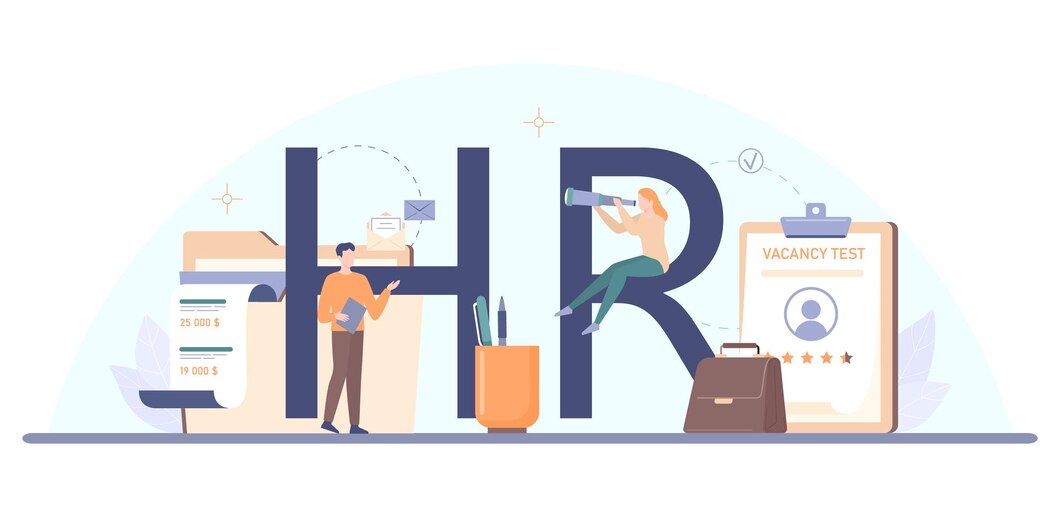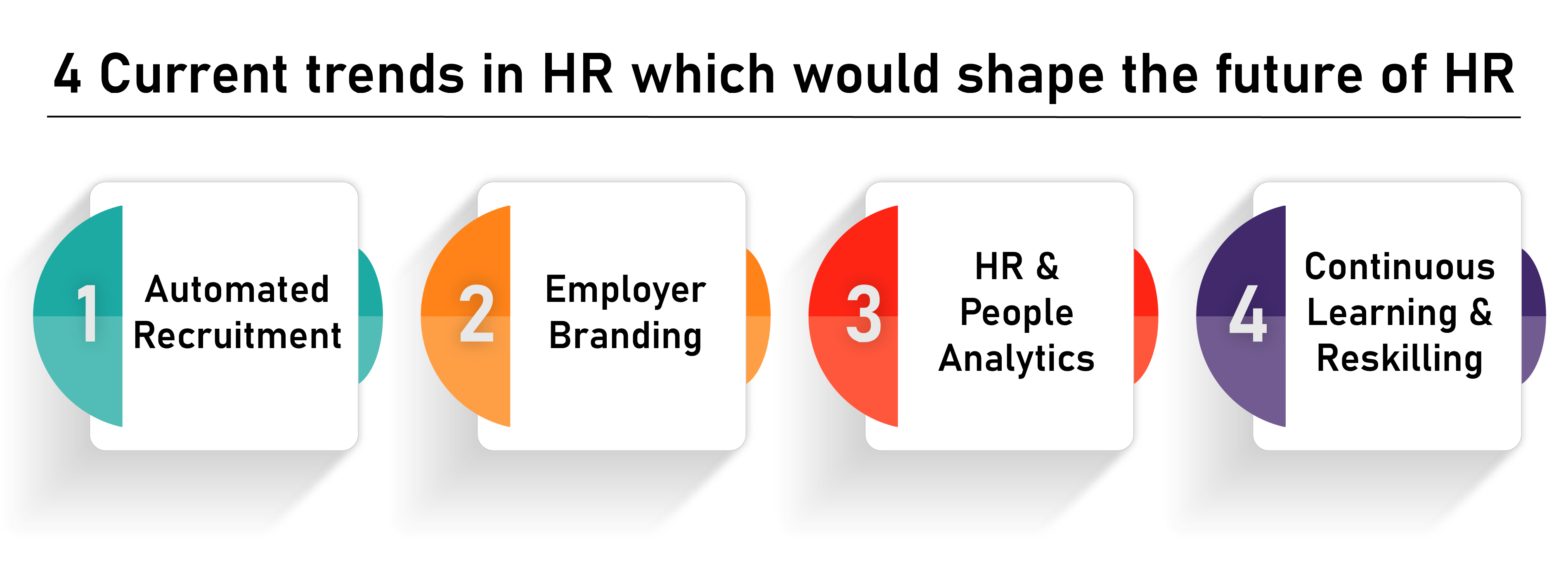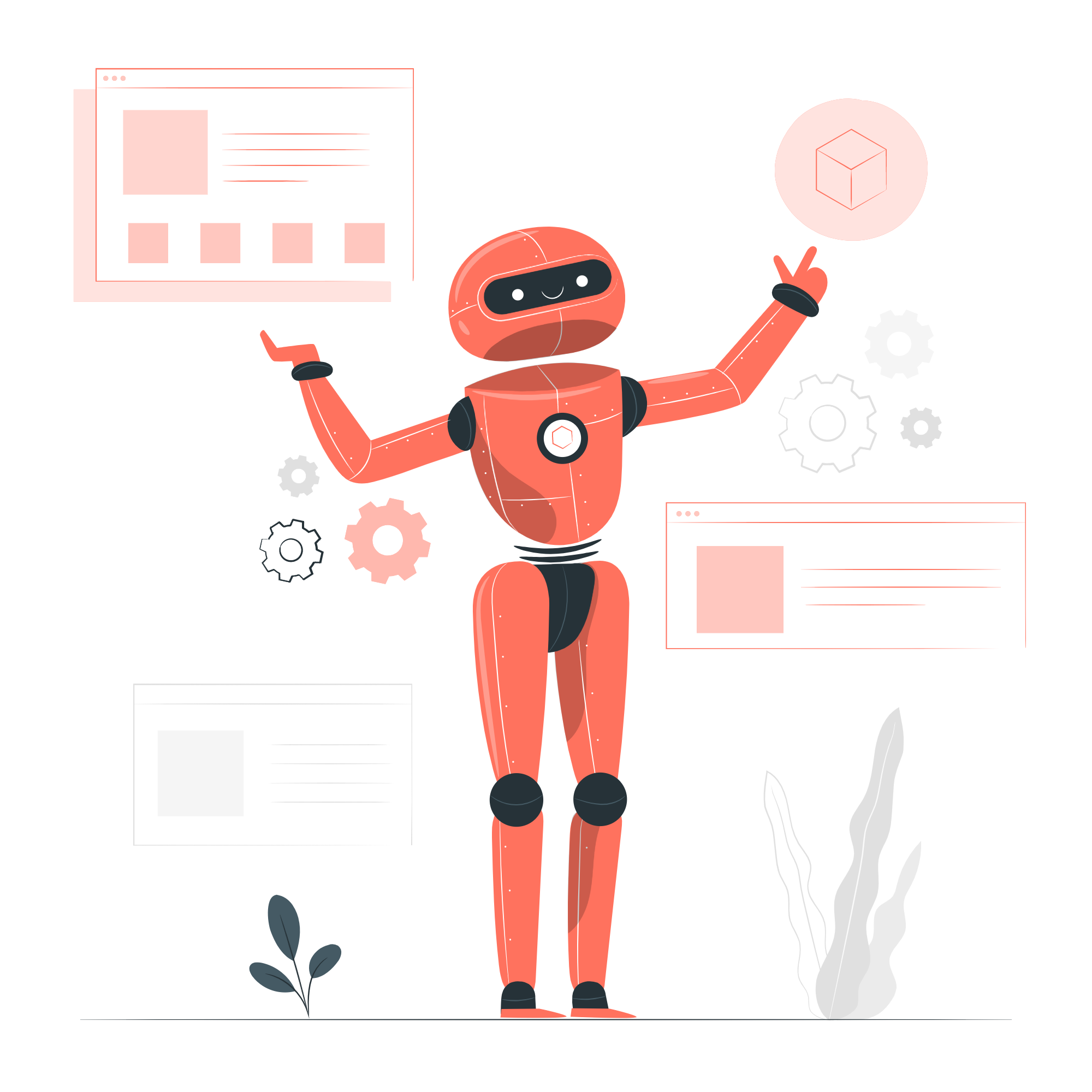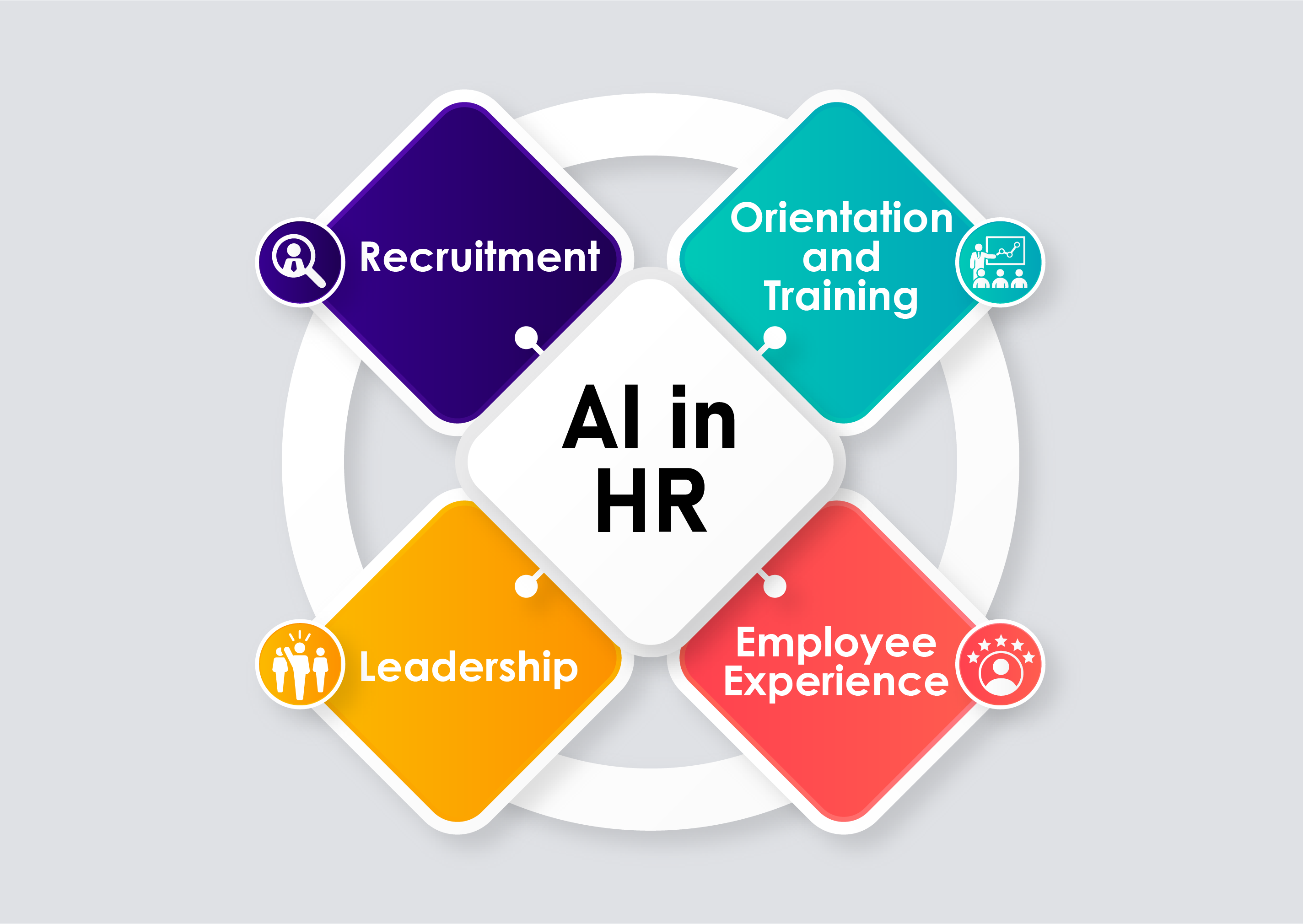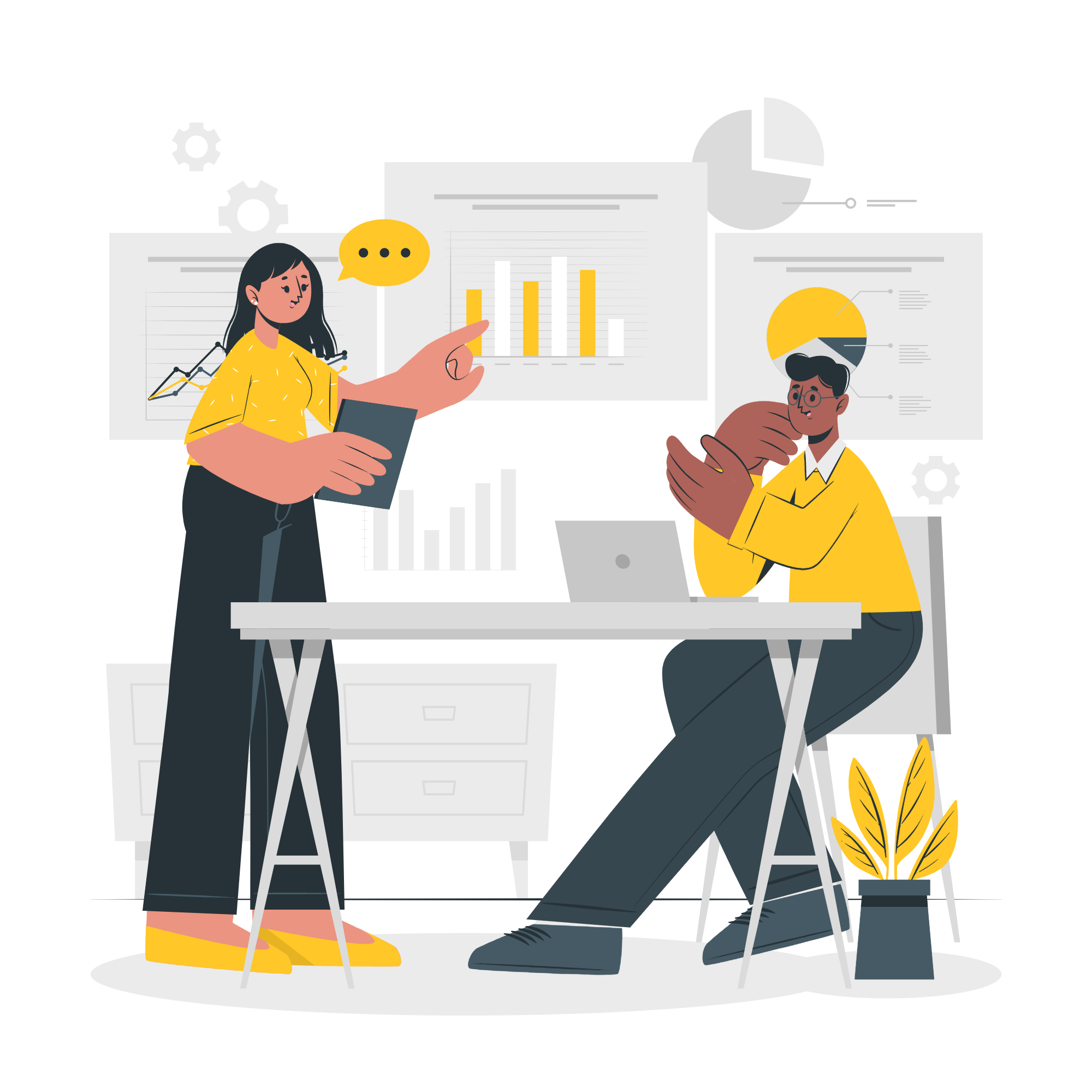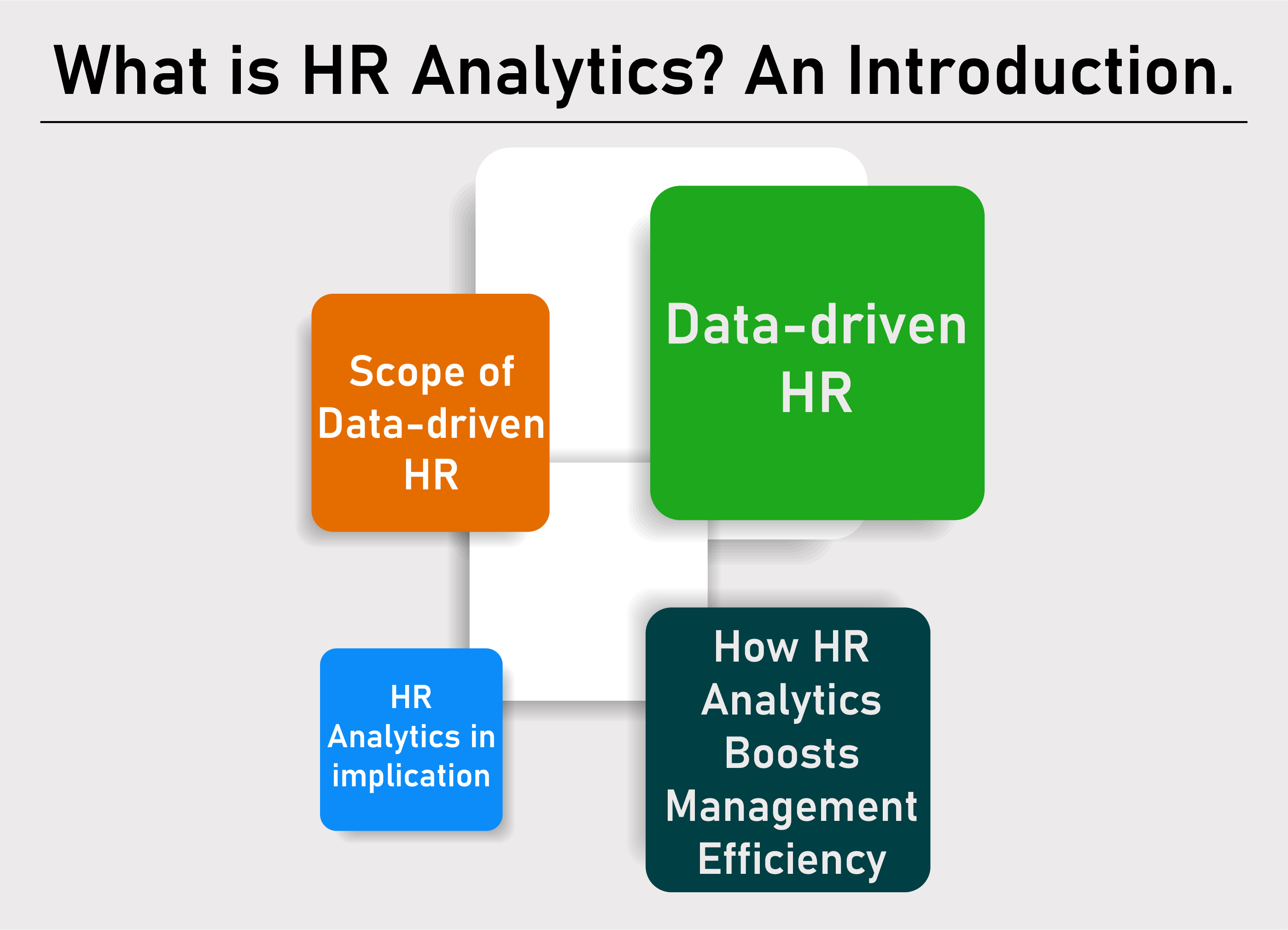Learning and leaving, is it a real problem though?
It might sound like a major problem. Employees learning from you and then leaving the organisation as soon as they are done. But if you think about it, an employee would only leave for a better pay or work environment. Of course other factors like commotion and residence matters as well. But looking at the bigger picture, if you provide enough value to your employees and a good office environment, there is no reason for leaving.
If you are still confused, here are 4 tips that would help you solve the “problem” of learning and leaving.
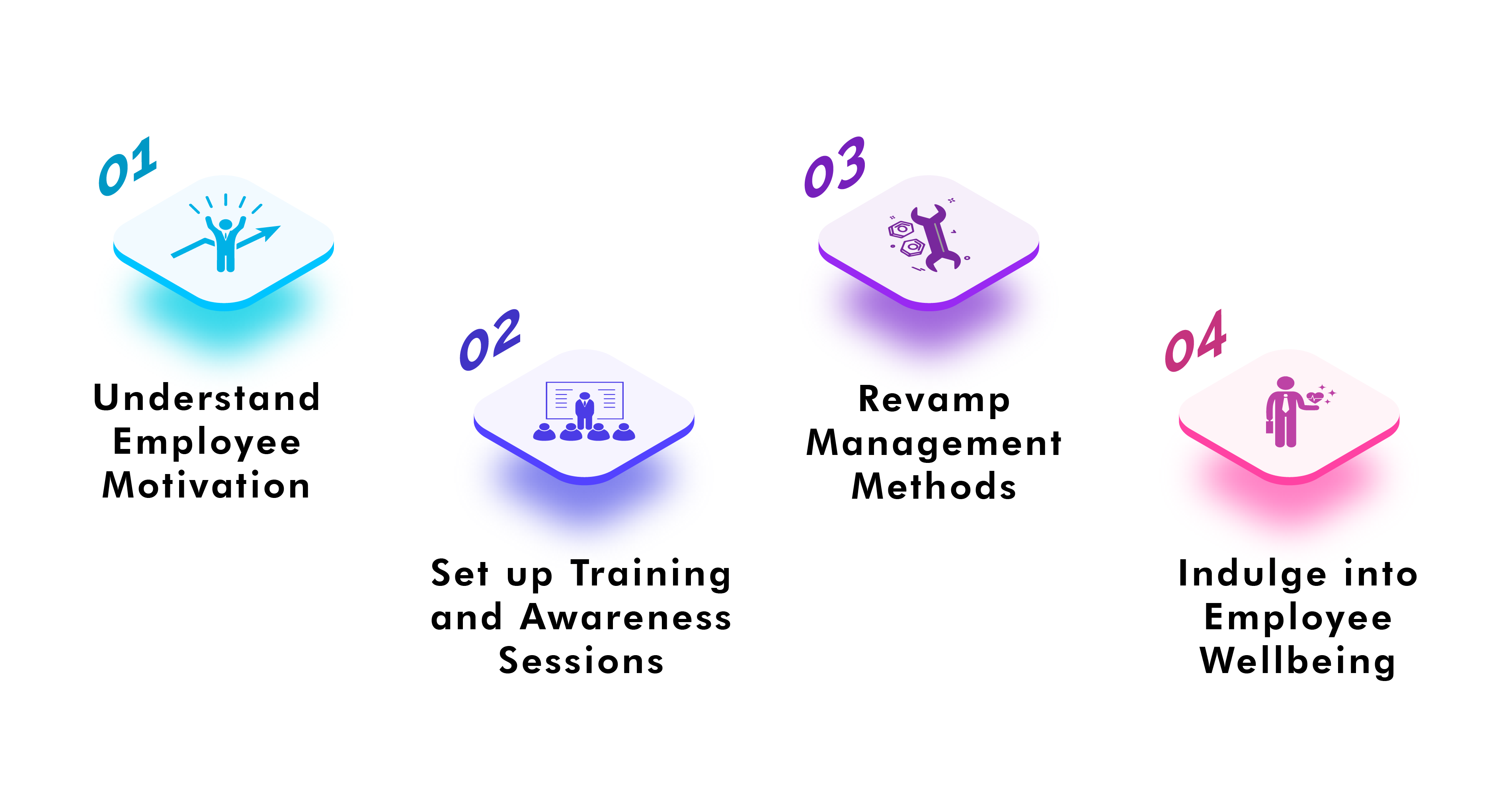 – Understand Employee Motivation
– Understand Employee Motivation
How devoted and content a worker is in their position is employee motivation. An employee is more likely to work hard and do a good job if they are motivated. To recruit, maintain, and increase overall production levels, motivation is crucial. An employer needs to understand how to motivate their employees. This motivation, if not provided, might lead to layoffs or employees leaving. Employee motivation not only drives the employees to do better. But also, it reduces the “problem” of employees leaving.
– Set up Training and Awareness Sessions
Training and Awareness sessions are a great way of maintaining employee standards. Standards, with regards to employee retention as well as quality of the end product or service. Such sessions guide employees and remind them of the ethics of an employee. Alongside this, it also creates a sense of security in the minds of the employees. Setting up training and awareness sessions sends a non-verbal message to your employees that you actually care about them.
– Revamp Management Methods
By revamping management methods, what we mean is, inculcating flexibility in your company policies. Be a little bit flexible with your rules and regulations. This ensures that there is no employee unrest in the organisation. Revamping also implies upgrading to the modern methods of management. Be it automation or newer management policies. Switching to modern policies is always a great thing to do as they are more refined, well packed versions of their predecessors.
 – Indulge into Employee Wellbeing
– Indulge into Employee Wellbeing
Employee wellbeing is an absolute necessity for any organisation. As the world is healing, offices are starting to work offline. And the mental health of the employees is on an all time low! There is a huge requirement to bring up the spirit of the employees and make them feel secure and empowered. Little things like constant check-ins and a simple “How have you been?” can add up a long shot. You might also want to read 6 Ways managers can support employee mental health at workplace.
In conclusion, the “problem” of learning and leaving does have a solution. Or solutions one would say. Practising the above mentioned practises can help you solve the problem of learning and leaving at your organisation. The problem itself though, is not a real problem. So yes, it is solvable and preventable.
Automating the HR Processes also takes away a lot of load from employees. Especially for HRs, an HRMS is a blessing. Other departments too enjoy the implementation as the workflow now becomes streamlined and more efficient. If you are looking for an HR Management solution, Spine HR Suite is the best solution in the market. You can check out Spine HR Suite here.

